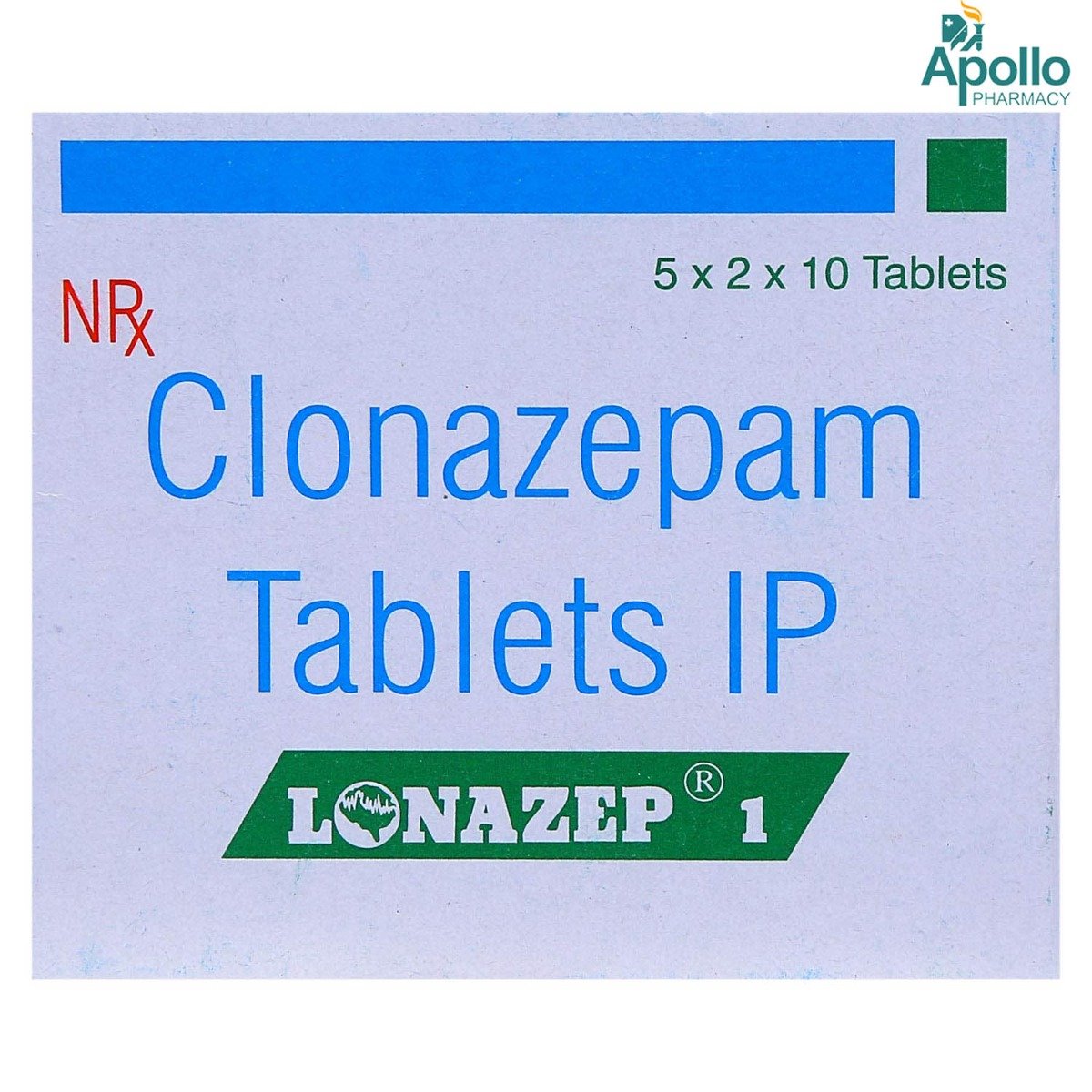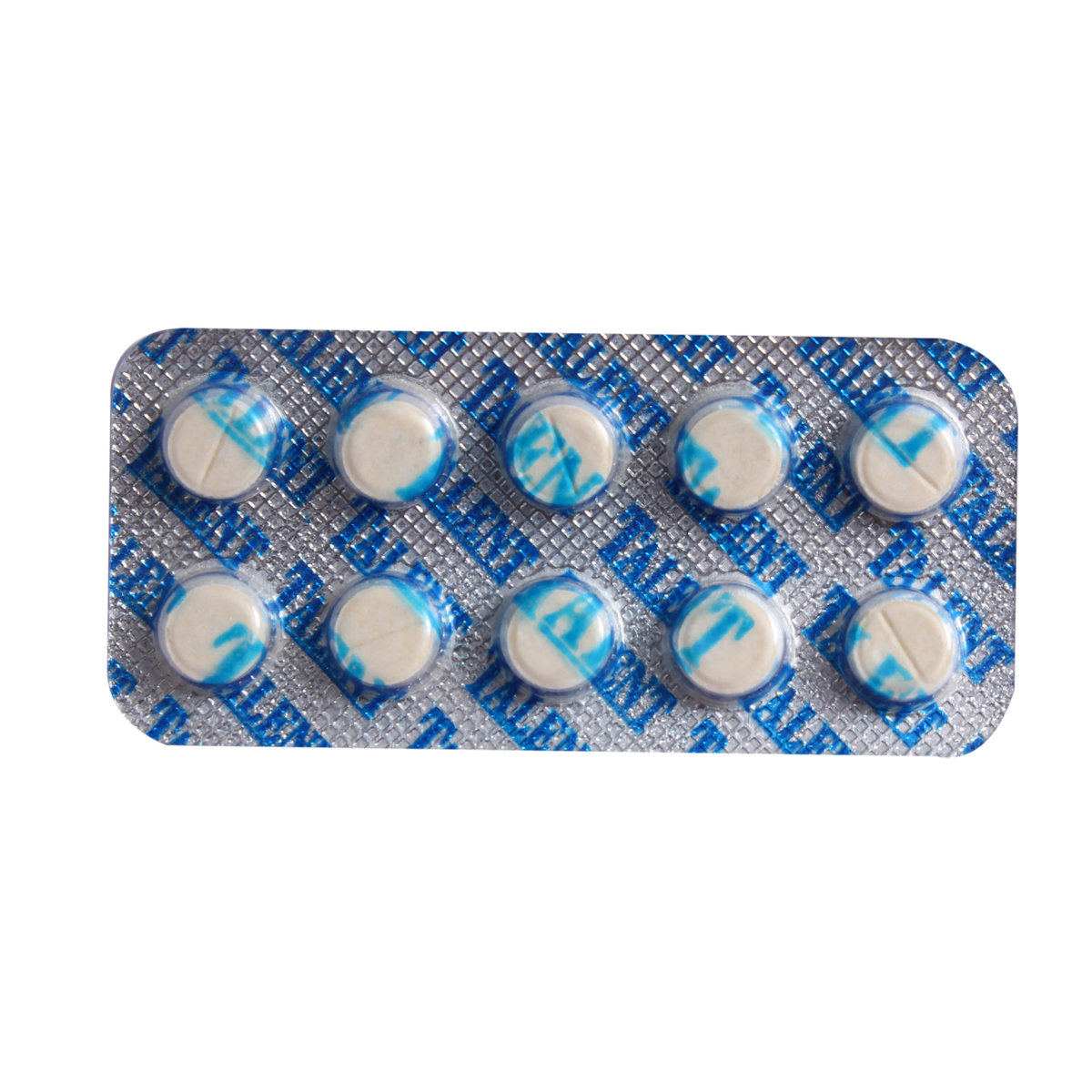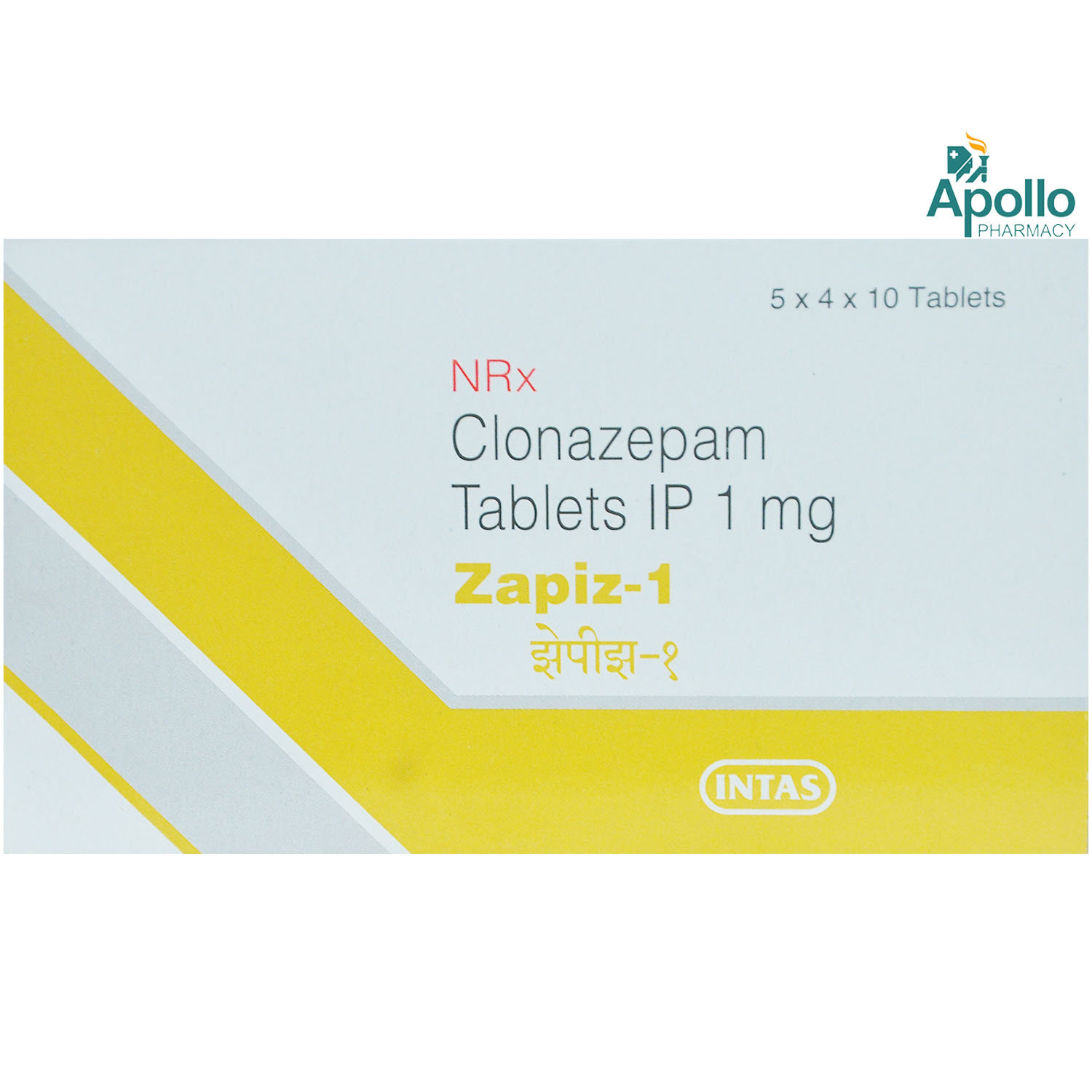Lonazep MD 1 Tablet

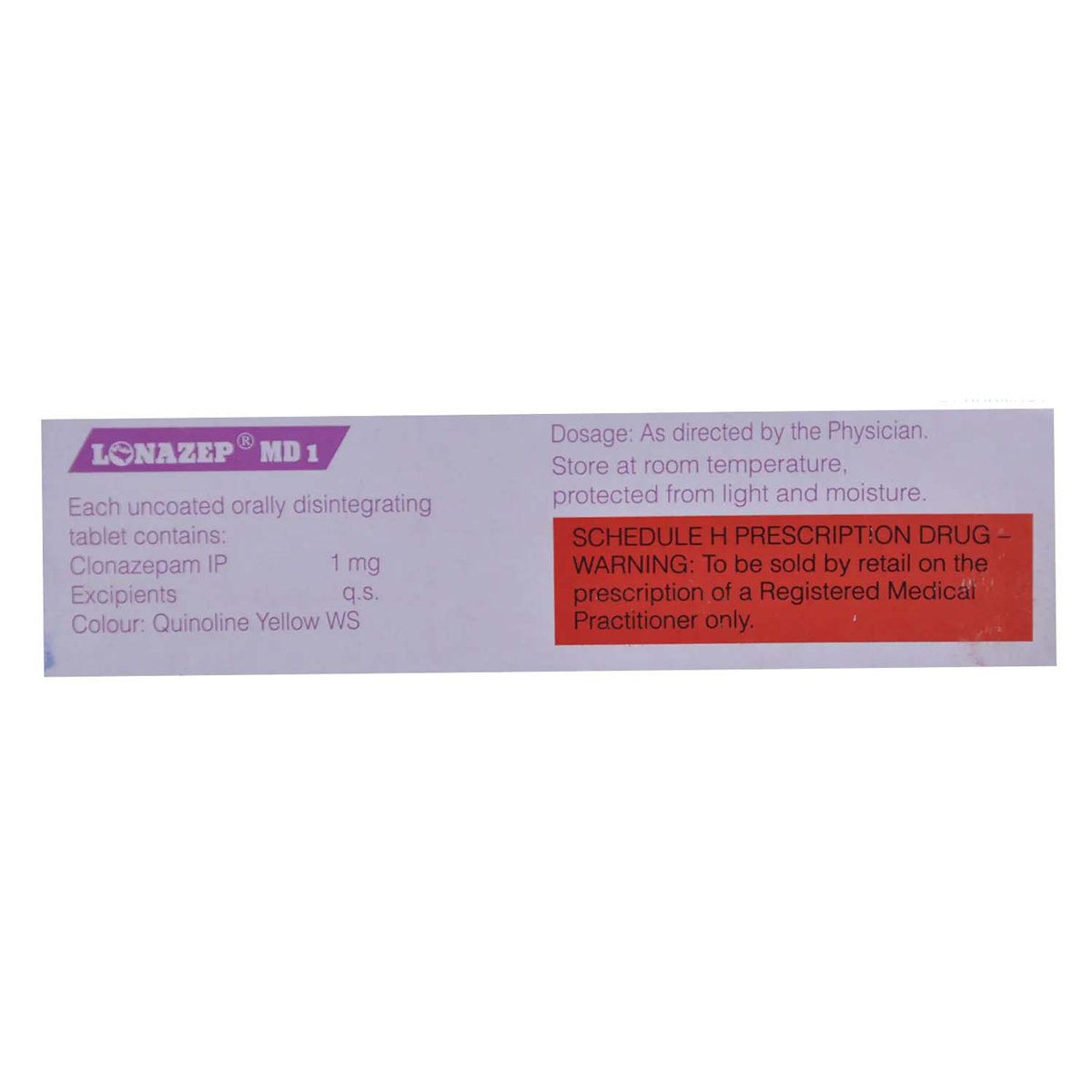
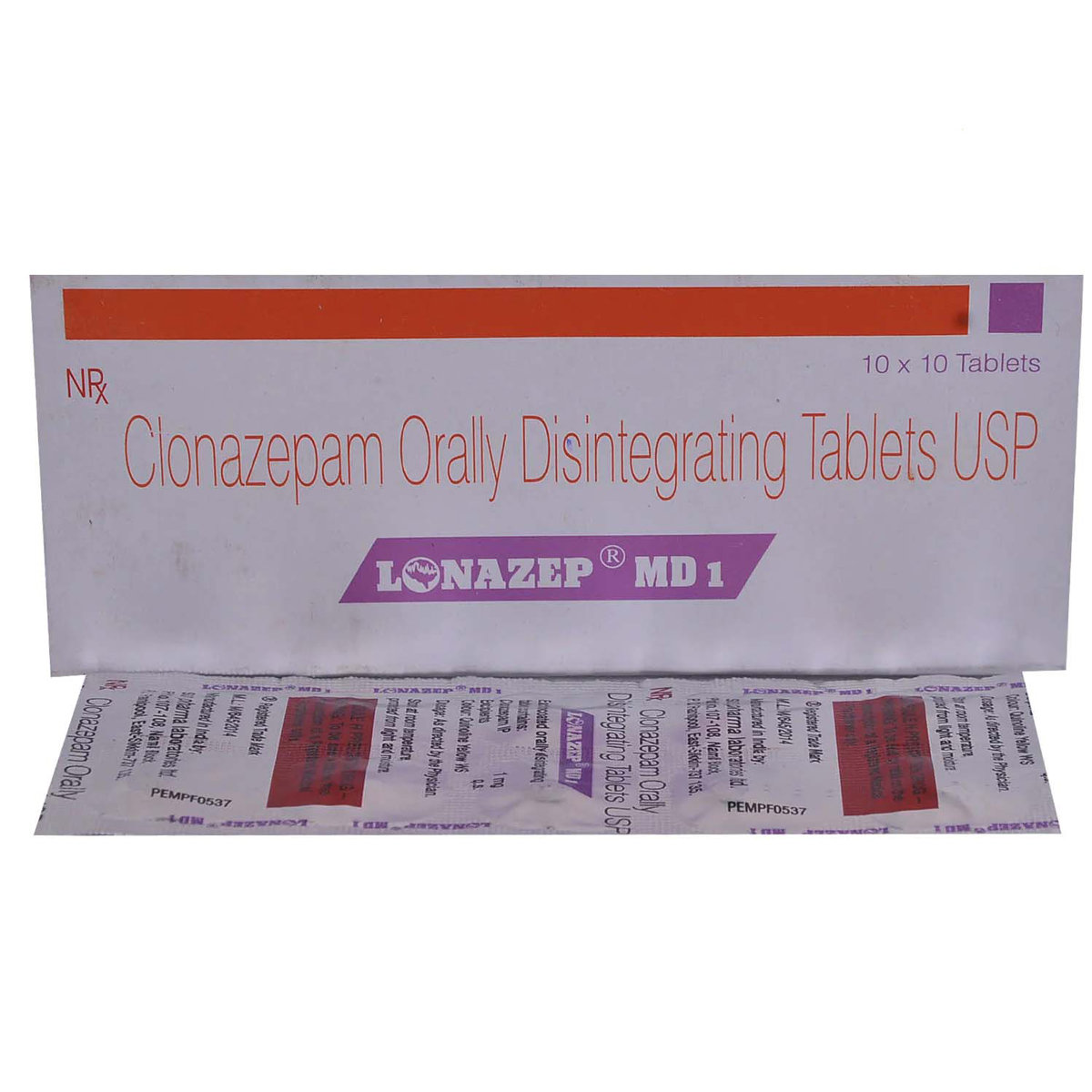
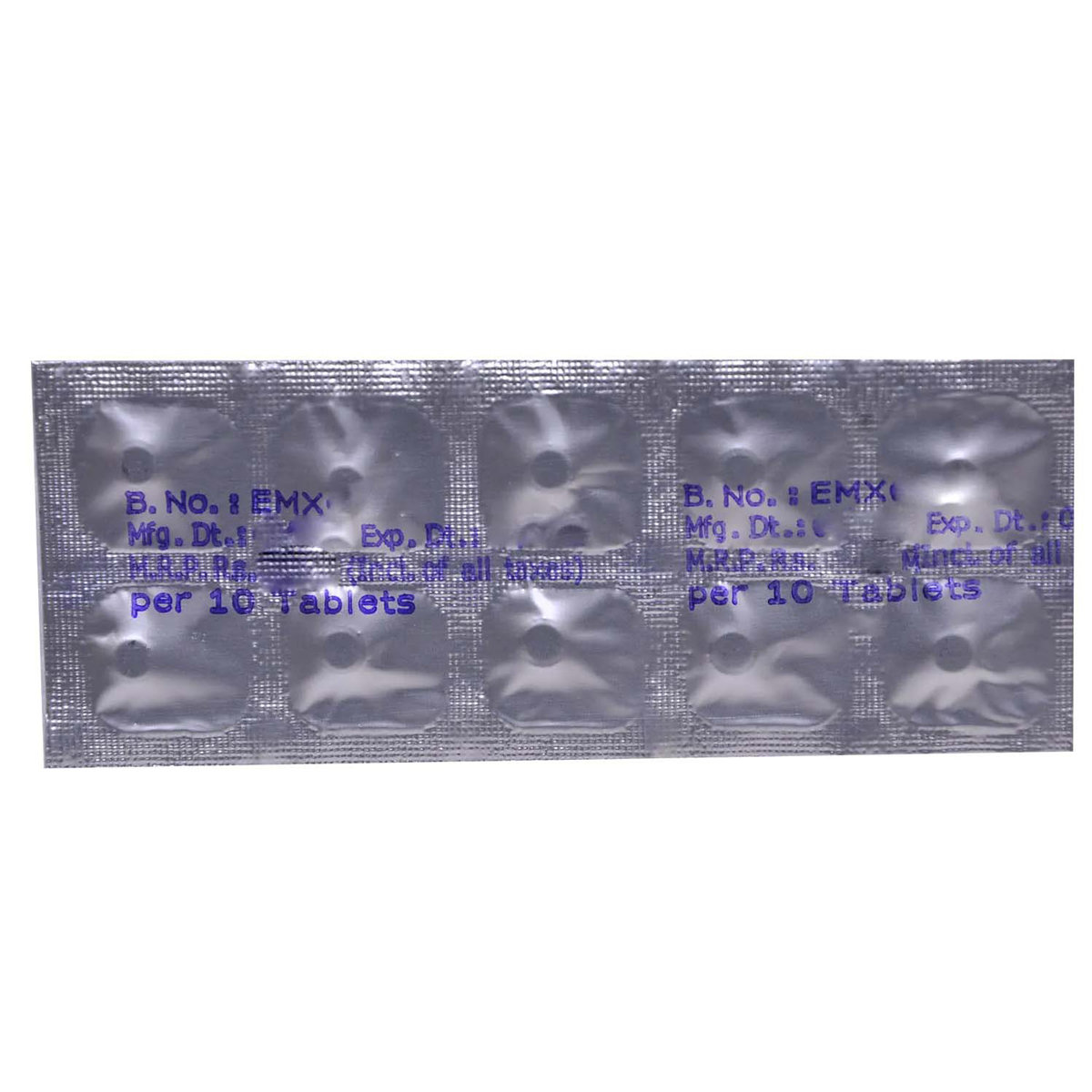
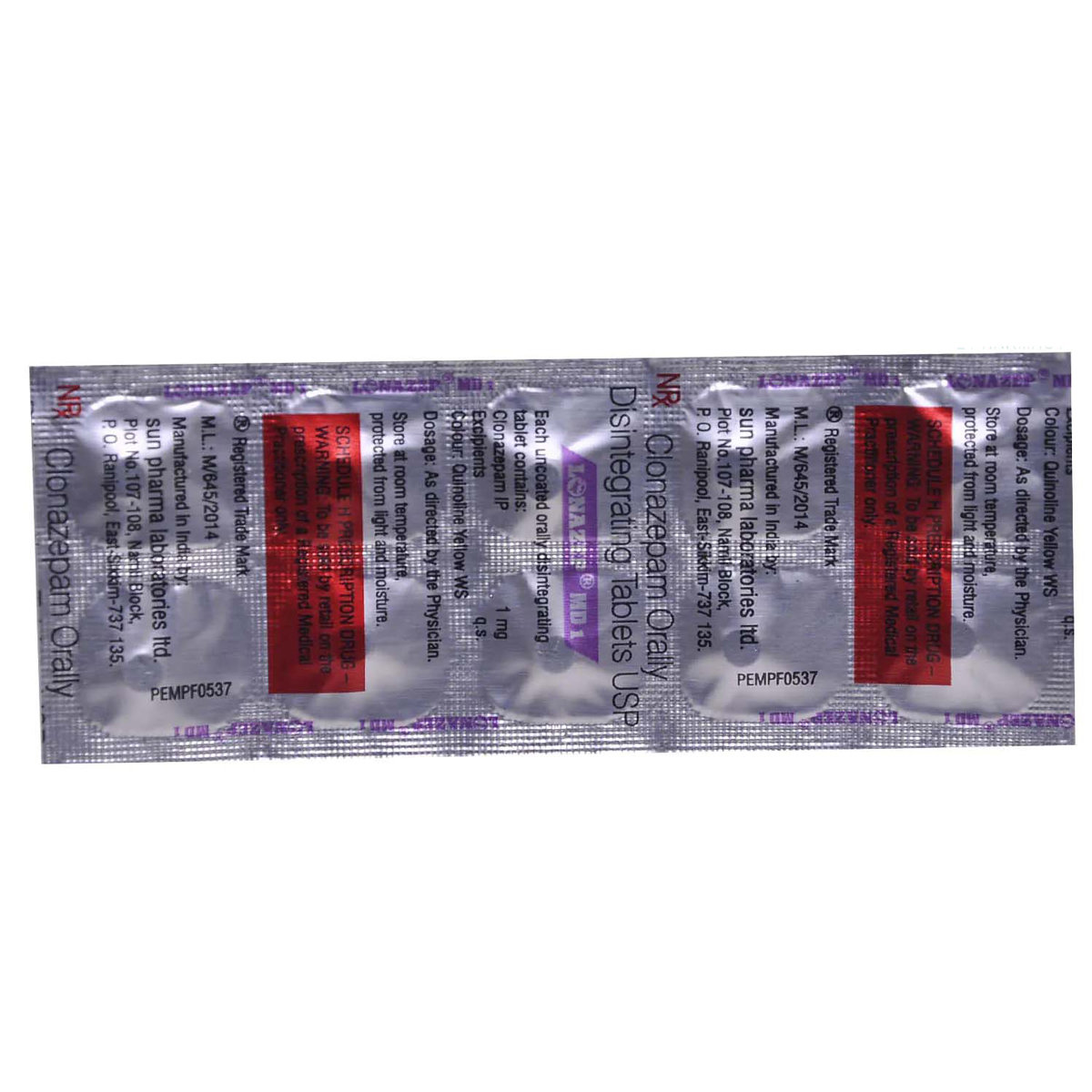
MRP ₹50
(Inclusive of all Taxes)
₹7.5 Cashback (15%)
know your delivery time
Provide Delivery Location
Composition :
Manufacturer/Marketer :
Consume Type :
Expires on or after :
Return Policy :
NPPA :

Secure Payment

Trusted by 8 Crore Indians

Genuine Products
Therapeutic Class
Country of origin
Manufacturer/Marketer address
Author Details
We provide you with authentic, trustworthy and relevant information
Disclaimer
Alcohol
Safe if prescribed
You are recommended not to consume alcohol along with Lonazep MD 1 Tablet to avoid unpleasant side-effects like drowsiness, dizziness, or sleepiness.
Pregnancy
Consult your doctor
Lonazep MD 1 Tablet belongs to pregnancy Category D. It is usually not recommended during pregnancy. However, consult your doctor if you are pregnant or planning for pregnancy.
Breast Feeding
Consult your doctor
Avoid breastfeeding while on treatment with Lonazep MD 1 Tablet .
Driving
Safe if prescribed
Lonazep MD 1 Tablet may cause dizziness, drowsiness and visual disturbances which may affect the ability to drive or operate machinery. So, do not drive or operate heavy machinery if you feel sleepy or dizzy after taking Lonazep MD 1 Tablet .
Liver
Consult your doctor
Lonazep MD 1 Tablet to be taken with caution, especially if you have a history of Liver diseases/conditions. The dose may have to be adjusted by your doctor.
Kidney
Consult your doctor
Lonazep MD 1 Tablet to be taken with caution, especially if you have a history of kidney disorders. The dose may have to be adjusted by your doctor.
Children
Safe if prescribed
It is not known whether Lonazep MD 1 Tablet is safe or effective in treating conditions like panic disorder in children younger than 18 years. So, your doctor will decide whether Lonazep MD 1 Tablet can be given to children less than 18 years of age or not.
Product Substitutes
Reference
- https://www.medicines.org.uk/emc/files/pil.8607.pdf
- https://www.nhs.uk/medicines/clonazepam/
- https://www.accessdata.fda.gov/drugsatfda_docs/label/2017/017533s059lbl.pdf
- https://www.accessdata.fda.gov/drugsatfda_docs/label/2009/017533s045,020813s005lbl.pdf
- https://www.webmd.com/drugs/2/drug-14403-4005/clonazepam-oral/clonazepam-disintegrating-tablet-oral/details
- https://www.ncbi.nlm.nih.gov/books/NBK556010/
- https://www.epilepsy.com/learn/challenges-epilepsy/moods-and-behavior/mood-and-behavior-101/anxiety
About Lonazep MD 1 Tablet
Lonazep MD 1 Tablet belongs to the group of medications called benzodiazepines, primarily used to treat seizures or fits due to epilepsy, panic disorder and involuntary muscle spasms. Lonazep MD 1 Tablet may also be used to treat restless leg syndrome. Epilepsy is a common neurological disorder that produces recurrent seizures. Seizures occur due to a sudden burst of electrical activity in the brain that disrupts its normal functioning. Panic disorder is an anxiety disorder characterised by frequent episodes of panic or fear.
Lonazep MD 1 Tablet contains clonazepam, which works by increasing the level of a calming chemical known as gamma-aminobutyric acid (GABA) in the brain. This helps relieve anxiety and seizures (fits). It also helps relax the tense muscles. Thereby, Lonazep MD 1 Tablet aids in the treatment of seizures, panic disorder, and involuntary muscle spasms.
Your doctor will advise you on how often you need to take this medicine based on your medical condition. In some cases, Lonazep MD 1 Tablet may cause side effects such as drowsiness, dizziness, fatigue, and problems with memory, walking, and coordination. Most of these side effects do not require medical attention and gradually resolve over time. However, please contact your doctor if the side effects are persistent.
Lonazep MD 1 Tablet is a habit-forming drug. Therefore, before stopping this medicine, consult your doctor as it may cause withdrawal symptoms like seizures that do not stop, hallucinations (hearing or seeing things that are not there), shaking, and stomach and muscle cramps. If you are pregnant or breastfeeding, consult your doctor before taking Lonazep MD 1 Tablet . Avoid drinking alcohol while taking Lonazep MD 1 Tablet as it may cause increased dizziness and drowsiness. It is recommended not to drive or operate any machinery as Lonazep MD 1 Tablet may cause dizziness, drowsiness, and problems with walking and coordination.
Uses of Lonazep MD 1 Tablet
Medicinal Benefits Mweb
Key Benefits
Lonazep MD 1 Tablet belongs to the group of medications called benzodiazepines, primarily used to treat seizures or fits due to epilepsy, panic disorder and involuntary muscle spasms. Lonazep MD 1 Tablet may also be used to treat restless leg syndrome. Lonazep MD 1 Tablet contains clonazepam, which works by increasing the level of a calming chemical known as gamma-aminobutyric acid (GABA) in the brain. It decreases the feeling of nervousness, stress, and anxiety, which leads to a state of calmness and relaxation. Lonazep MD 1 Tablet benefits people who struggle with anxiety and worries in daily life. Regular intake of the prescribed dose of Lonazep MD 1 Tablet improves social life and the ability and performance at work, and general wellbeing.
Directions for Use
Side Effects of Lonazep MD 1 Tablet
- Drowsiness
- Dizziness
- Fatigue
- Problems with memory, walking, and coordination
Drug Warnings
Do not take Lonazep MD 1 Tablet if you are allergic to clonazepam or any benzodiazepine class of drugs (diazepam, chlordiazepoxide, bromazepam, or flurazepam). Inform your doctor if you have lung disease, glaucoma, muscle weakness (myasthenia gravis), sleep apnoea (difficulty in sleeping), depression, mood problems, suicidal behaviour/thoughts, liver or kidney problems. Taking Lonazep MD 1 Tablet with opioid medicines can cause severe drowsiness, breathing problems, coma, and death. Lonazep MD 1 Tablet should be taken with extreme caution in patients with a history of alcohol or drug abuse. Do not stop taking Lonazep MD 1 Tablet suddenly as it may cause withdrawal symptoms.
Drug-Drug Interactions
Drug-Drug Interactions
Login/Sign Up
Taking Lonazep MD 1 Tablet with Sodium oxybate can enhance the sedative effects on the central nervous system.
How to manage the interaction:
Taking Lonazep MD 1 Tablet and Tramadol together can result in an interaction, it can be taken if a doctor has advised it. However, if you experience any symptoms such as dizziness, drowsiness, difficulty concentrating, numbness and tingling of extremities, or hypersensitivity to light and noise, consult a doctor immediately. Do not discontinue any medications without consulting a doctor.
Co-administration of Lonazep MD 1 Tablet with methadone may cause serious side effects like respiratory depression (a condition in which fluid builds up in the lungs).
How to manage the interaction:
Consult the doctor if you are taking Lonazep MD 1 Tablet with methadone. Until you know how these medicines affect you, avoid driving or operating hazardous machinery as these medications may cause dizziness, drowsiness, difficulty concentrating, and impairment in judgment, reaction speed, and motor coordination. Do not exceed the dose and duration prescribed by your doctor. Do not discontinue the medication without a doctor's advice.
Co-administration of Pentazocine with Lonazep MD 1 Tablet can increase the risk of side effects.
How to manage the interaction:
Taking Lonazep MD 1 Tablet with Pentazocine together can possibly result in an interaction, but it can be taken if a doctor has advised it. They can recommend different options that won't cause any problems. If you notice any symptoms like feeling dizzy, having trouble breathing, or feeling very tired, make sure to call a doctor immediately. Do not discontinue any medications without consulting a doctor.
Co-administration of fentanyl and Lonazep MD 1 Tablet can increase the risk of side effects.
How to manage the interaction:
Although combining Fentanyl and Lonazep MD 1 Tablet can result in an interaction, they can be taken together if prescribed by a doctor. However, consult a doctor immediately if you feel sleepiness, loss of balance, or confusion. Do not stop taking any medication without consulting a doctor.
Co-administration of Lonazep MD 1 Tablet with Tramadol may significantly lead to adverse effects such as respiratory difficulties (a condition in which fluid builds up in the lungs).
How to manage the interaction:
Taking Lonazep MD 1 Tablet and Tramadol together can result in an interaction, it can be taken if a doctor has advised it. However, if you experience any symptoms such as dizziness, drowsiness, difficulty concentrating, numbness and tingling of extremities, or hypersensitivity to light and noise, consult a doctor immediately. Do not discontinue any medications without consulting a doctor.
Co-administration of Sufentanil with Lonazep MD 1 Tablet can increase the risk of side effects.
How to manage the interaction:
Taking Lonazep MD 1 Tablet with Sufentanil together can possibly result in an interaction, but it can be taken if a doctor has advised it. If you notice any of these symptoms - feeling tired or sleepy, having trouble breathing, or a slower heartbeat - make sure to contact a doctor right away. Do not discontinue any medications without consulting a doctor.
Using Morphine together with Lonazep MD 1 Tablet can cause central nervous system depression (a physiological state that can result in a decreased rate of breathing, decreased heart rate, and loss of consciousness).
How to manage the interaction:
Taking Morphine with Lonazep MD 1 Tablet can result in an interaction, but it can be taken if a doctor has advised it. However, if you experience any symptoms like shortness of breath, feeling tired, having a cough, dizziness, drowsiness, difficulty concentrating, impaired judgment, reaction speed, and motor coordination, make sure to contact a doctor immediately. Do not stop using any medications without consulting a doctor.
Co-administration of Nalbuphine with Lonazep MD 1 Tablet can make the side effects worse.
How to manage the interaction:
Although there is a possible interaction between Lonazep MD 1 Tablet and Nalbuphine, you can take these medicines together if prescribed by a doctor. If you notice any symptoms like feeling dizzy, having trouble breathing, or feeling very tired, make sure to call a doctor right away. Do not stop using any medications without talking to a doctor.
Co-administration of Lonazep MD 1 Tablet with Esketamine may increase side effects.
How to manage the interaction:
Although there is a possible interaction, Lonazep MD 1 Tablet can be taken with Esketamine if prescribed by the doctor. Consult the prescriber if you experience side effects such as confusion, drowsiness, difficulty concentrating, and impairment in judgment, thinking, reaction speed, and motor coordination. Do not discontinue the medication without a doctor's advice.
Co-administration of Lonazep MD 1 Tablet with Hydrocodone may cause serious side effects like respiratory depression (a condition in which fluid builds up in the lungs).
How to manage the interaction:
Consult the doctor if you are taking Lonazep MD 1 Tablet with Hydrocodone. Until you know how these medicines affect you, avoid driving or operating hazardous machinery as these medications may cause dizziness, drowsiness, difficulty concentrating, and impairment in judgment, reaction speed, and motor coordination. Do not exceed the dose and duration prescribed by your doctor. Do not discontinue the medication without consulting a doctor.
Drug-Food Interactions
Drug-Food Interactions
Login/Sign Up
Drug-Diseases Interactions
Drug-Diseases Interactions
Login/Sign Up
Benzodiazepines should not be used by people who have open-angle glaucoma or acute angle-closure glaucoma. While these drugs have very rarely being associated with increased intraocular pressure, they do not have anticholinergic effect.
How to manage the interaction:
Lonazep MD 1 Tablet is contraindicated in patients with acute angle-closure glaucoma or untreated open-angle glaucoma.
Benzodiazepines have the potential to cause abuse and dependency. Particularly during extended usage and/or high dosages, tolerance as well as physical and psychological dependency might form.
How to manage the interaction:
Benzodiazepines have the potential to cause dependence and abuse. If dependency is suspected, withdrawal of benzodiazepine therapy should be done by gradual dose reduction.
When administered in large doses and/or by intravenous administration, benzodiazepines have the potential to cause respiratory depression and apnea. However, some individuals, such as the elderly, the very ill, those who are impaired or taking other CNS depressants, as well as those who have a limited ventilatory reserve, chronic pulmonary insufficiency, or other respiratory diseases, may be susceptible even at regularly prescribed dosages. In these individuals, benzodiazepine therapy should be used with caution.
How to manage the interaction:
When given in high dosages and/or by intravenous administration, benzodiazepines may cause respiratory depression and apnea. Therapy with benzodiazepines should be administered cautiously in patients including elderly, debilitated or severely ill patients, those receiving other CNS depressants, those with limited ventilatory reserve, chronic pulmonary insufficiency or other respiratory disorders.
The use of benzodiazepines for patients with seizure disorders may increase the frequency of generalised tonic-clonic seizures (grand mal) or accelerate the onset of them. The dosage of an appropriate anticonvulsant drug may need to be raised. Particularly after lengthy usage and/or high dosages, abruptly stopping benzodiazepine medication can cause seizures and other withdrawal symptoms. Patients with a history of seizures who discontinue benzodiazepine medication suddenly may experience status epilepticus.
How to manage the interaction:
Benzodiazepines in patients with seizure disorders may increase the incidence of fits. Dose adjustment or appropriate anticonvulsant medication might need to be initiated. Do not discontinue medication without first consulting with the physician.
Benzodiazepines in paediatric and psychiatric patients with aggressive hyperactivity problems. During benzodiazepine medication for such individuals, it is important to keep monitoring out for any indications of paradoxical stimulation.
How to manage the interaction:
Use of benzodiazepines with alcohol is not recommended. Therapy with benzodiazepines should be administered cautiously in patients who might be prone to acute alcohol intake.
The central nervous system is depressed by benzodiazepines, which can also result in or aggravate mental depression as well as suicidal behaviour and ideas. Patients who were being treated for depression with some of these medications have also reported experiencing episodes of mania and hypomania. In individuals with a history of depression or other mental illnesses, the use of benzodiazepines should be provided with caution. Patients should be watched for any changes in attitude or behaviour. It could be wise to hold off on giving these people a lot of medicine.
How to manage the interaction:
Benzodiazepines may cause or exacerbate mental depression and cause suicidal behavior and ideation. Therapy with benzodiazepines should be administered cautiously in patients with a history of depression or other psychiatric disorders. Monitoring is advised in patients for any changes in mood or behavior.
Drug-Drug Interactions Checker List
- ALFENTANIL
- BUPRENORPHINE
- CODEINE
- HYDROMORPHONE
- DROPERIDOL
- OLANZAPINE
- KETAMINE
- SODIUM OXYBATE
- ENALAPRIL
- AMLODIPINE
- FELODIPINE
- INDAPAMIDE
- CIMETIDINE
- RIFAMPICIN
- FLUCONAZOLE
- DIAZEPAM
- LORAZEPAM
Habit Forming
Special Advise
- Lonazep MD 1 Tablet can cause dependance and abuse. Therefore, take Lonazep MD 1 Tablet only in prescribed doses and as directed by your doctor. Do not self-medicate.
- Lonazep MD 1 Tablet may cause suicidal thoughts. Consult your doctor immediately if you notice suicidal behaviour.
Diet & Lifestyle Advise
- Do regular exercise, which can help lower anxiety by releasing endorphins and improving your sleep and self-image.
- Find humor in your daily life. Try to watch light-hearted shows to help relieve stress.
- You can increase your mindfulness by including yoga, meditation, mindfulness-based cognitive therapy, and mindfulness-based stress reduction.
- Drink enough water to stay hydrated, and limit or avoid alcohol and caffeine to relieve anxiety.
- Include a diet rich in whole grains, vegetables, and fruits.
- Herbs like turmeric, ginger, and chamomile contain anti-inflammatory properties. Including this stuff in meals can reduce inflammation caused due to anxiety disorder.
- Reduce alcohol, caffeine, added sugar, high salt, and high fat intake. Especially trans-fat may also help reduce inflammation.
- You can include antioxidants in your daily diet like ashwagandha, omega-3 fatty acids, green tea and lemon.
- Try to spend time with your friends and family. Having a strong social network may help you lower the risk of anxiety.
All Substitutes & Brand Comparisons
RX
Not for online saleLOZEP 1MG TABLET
Priya Pharmaceuticals Pvt Ltd
₹24
(₹2.16 per unit)
52% CHEAPERRX
Not for online saleClorpam 1 mg Tablet 10's
East West Pharma India Pvt Ltd
₹24.5
(₹2.21 per unit)
50% CHEAPERRX
Out of StockNot for online saleC-Trika 1Mg Tablet
Unichem International
₹41.16
(₹3.7 per unit)
17% CHEAPER

Have a query?
Buy best C.n.s Drugs products by
Intas Pharmaceuticals Ltd
Sun Pharmaceutical Industries Ltd
Torrent Pharmaceuticals Ltd
Alkem Laboratories Ltd
Abbott India Ltd
Cipla Ltd
Alteus Biogenics Pvt Ltd
Micro Labs Ltd
Lupin Ltd
Ipca Laboratories Ltd
D D Pharmaceuticals Pvt Ltd
Icon Life Sciences
Mankind Pharma Pvt Ltd
Tripada Healthcare Pvt Ltd
Arinna Lifesciences Ltd
Linux Laboratories Pvt Ltd
East West Pharma India Pvt Ltd
La Renon Healthcare Pvt Ltd
Talent India Pvt Ltd
Tas Med India Pvt Ltd
Zydus Healthcare Ltd
Cnx Health Care Pvt Ltd
Eris Life Sciences Ltd
Leeford Healthcare Ltd
Emcure Pharmaceuticals Ltd
Macleods Pharmaceuticals Ltd
Sigmund Promedica
Aristo Pharmaceuticals Pvt Ltd
Dr Reddy's Laboratories Ltd
Troikaa Pharmaceuticals Ltd
Consern Pharma Ltd
Zydus Cadila
Shine Pharmaceuticals Ltd
Wockhardt Ltd
Ardent Life Sciences Pvt Ltd
Crescent Formulations Pvt Ltd
Theo Pharma Pvt Ltd
Reliance Formulation Pvt Ltd
Ikon Pharmaceuticals Pvt Ltd
Propel Healthcare
Neon Laboratories Ltd
Jagsam Pharma
Msn Laboratories Pvt Ltd
Morepen Laboratories Ltd
Pulse Pharmaceuticals
Sanofi India Ltd
Med Manor Organics Pvt Ltd
Hetero Healthcare Pvt Ltd
Novartis India Ltd
Crescent Therapeutics Ltd
Elder Pharmaceuticals Ltd
Solvate Laboratories Pvt Ltd
Akumentis Healthcare Ltd
Mova Pharmaceutical Pvt Ltd
Psyco Remedies Ltd
Tripada Lifecare Pvt Ltd
Ajanta Pharma Ltd
Cyrus Remedies Pvt Ltd
Medishri Healthcare Pvt Ltd
Cadila Healthcare Ltd
Glenmark Pharmaceuticals Ltd
Matteo Health Care Pvt Ltd
Hbc Life Sciences Pvt Ltd
Lyf Healthcare
Matias Healthcare Pvt Ltd
Mesmer Pharmaceuticals
Alembic Pharmaceuticals Ltd
Capital Pharma
Crescent Pharmaceuticals
Medopharm Pvt Ltd
Alniche Life Sciences Pvt Ltd
Kivi Labs Ltd
Talin Remedies Pvt Ltd
USV Pvt Ltd
Quince Lifesciences Pvt Ltd
Solis Pharmaceuticals
Infivis Life Care
Zuventus Healthcare Ltd
Cadila Pharmaceuticals Ltd
Pfizer Ltd
Wallace Pharmaceuticals Pvt Ltd
A N Pharmacia Laboratories Pvt Ltd
Blue Cross Laboratories Pvt Ltd
Jenburkt Pharmaceuticals Ltd
Lia Life Sciences Pvt Ltd
Mano Pharma
Medley Pharmaceuticals Ltd
Primus Remedies Pvt Ltd
FDC Ltd
Maneesh Pharmaceuticals Ltd
Apex Laboratories Pvt Ltd
Gagnant Healthcare Pvt Ltd
Ozone Pharmaceuticals Ltd
RPG Life Sciences Ltd
Strides Shasun Ltd
Unichem International
GlaxoSmithKline Pharmaceuticals Ltd
Kuresys Labs Pvt Ltd
LA Pharma
Trion Pharma India Llp


_0.jpg?tr=q-85)



